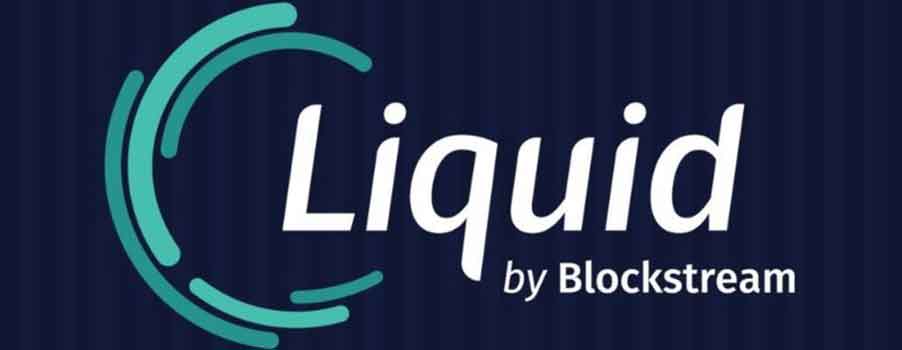For a while now there has been a lot of buzz regarding such developments as the Lightning Network, which scales up the bitcoin network so that it can keep up with digital currencies like Ripple and Tron. The Lightning Network, for instance, has shown a lot of promise and is expected to take off on a large scale pretty soon. In the meantime, Blockstream, a company that majors in blockchain development projects, is hell-bent on completely revolutionizing how the world’s oldest and most popular digital currency works.
On October 10, the company officially announced the launch of the Liquid Network, a project they are touting as an inter-exchange settlement network that connects digital currency exchanges, financial institutions, market makers and brokers from all around the globe. This comes in a little less than a year after Blockstream introduced the concept of the Lightning Network during the Blockchain Association of Canada’s Government Forum that was held in Ottawa.
What It Does and How It Does It
Well, unlike the famous Lightning Network which has also been all the buzz lately, the Liquid Network is a secondary layer that was built as a sidechain of bitcoin – the sidechain essentially qualifies to be referred to as an extension of the bitcoin blockchain. However, it is not exclusive to the bitcoin blockchain. This sidechain allows its users to swap coins from the main blockchain to its sidechain in a 1-to-1 parity, something that is usually aimed at tapping in certain features that the main network may be lacking.
In the case of the Liquid Network, the feature that is tapped in is incredibly fast transactions with the main focus being on enhancing the exchange of large sums between the crypto exchanges, market makers and the financers. As it turns out, the members of the Liquid Network will be the ones providing the liquidity because they will be the people responsible for keeping a balance of L-BTC which they would then allow their users to trade.
“The members of Liquid secure the network by running functionary servers that run the Liquid blockchain as well as maintaining the two-way peg to the Bitcoin blockchain,” Blockstream’s CSO Samson Mow said in a recent interview. “When someone wants to move BTC to the Liquid sidechain, they send it to a unique peg-in address. When someone is ready to move their money back to the Bitcoin blockchain, they can make a peg-out transaction that will tell the [Liquid members] to send Bitcoin to the desired address.”
What Next?
At launch, the Liquid Network project had a total of 23 partners who are now the so-called Liquid members. Blockstream hopes to expand Liquid’s membership moving forward and at the same time build out its services to include such things as Issued Assets (IA) which would include tokenized commodities, tokens, and even Ethereum.
In the meantime, the company will be focusing on extending the features of the Lightning Network to specifically ease its introduction and adoption in the global cryptocurrency community.

